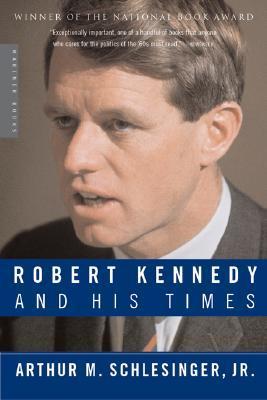
The Cycles Of American History
Book Description
History unfolds like a gripping drama, a series of cycles that reveal the soul of a nation. In "The Cycles of American History," Arthur M. Schlesinger Jr. masterfully dissects the relentless patterns of conflict, hope, and renewal that define the American experience. From the tumult of revolution to the revolutionary cries for equality, the narrative pulsates with the exhilaration of progress and the shadows of strife. Each period resonates with lessons that echo through time, captivating and challenging the very essence of democracy. What do these cycles reveal about the future of a nation striving to balance its ideals and its reality?
Quick Book Summary
In "The Cycles of American History," Arthur M. Schlesinger Jr. presents a compelling analysis of the recurring patterns that have shaped the United States. Schlesinger argues that American history is not a linear process but is characterized by cycles of reform and reaction, progressive activism and conservative retrenchment. Through careful examination of major political and social eras, he demonstrates how optimism, crisis, and renewal are woven into the national fabric. The book explores how Americans continually strive to realize their founding ideals amid perpetually shifting circumstances. Schlesinger's insights reveal the constant tension between hope and skepticism, the public and private sectors, and the forces of change and stability. Ultimately, he challenges readers to consider how understanding these cycles can help the nation navigate its future.
Summary of Key Ideas
Table of Contents
Cycles of Progress and Reaction
Schlesinger opens by challenging the common notion that American history is a story of continuous progress. He introduces his theory that history unfolds in cycles—periods of energetic reform and creative change alternated with intervals of conservatism and stability. By tracing these cycles from the Revolution through the twentieth century, he illustrates that American society has repeatedly swung between periods of government activism and retrenchment, reflecting deeper anxieties and aspirations in the national psyche.
Tension Between Founding Ideals and Reality
A core theme is the ongoing tension between America’s founding ideals and its actual practices. Schlesinger examines how each era has grappled with the promise of liberty, equality, and democracy. Issues such as civil rights, economic justice, and the scope of federal authority are shown to arise not just as isolated crises, but as recurrent challenges wherein Americans strive—sometimes painfully—to bridge gaps between their values and their actions. This dynamic both propels change and creates resistance.
Presidential Power and Leadership
The book closely analyzes the role of presidential leadership across different eras. Schlesinger notes that American presidents often embody or shape the spirit of their times, accelerating either reform or consolidation. He contrasts the broad activism of leaders like Franklin D. Roosevelt and John F. Kennedy with more restrained or restorative presidencies, arguing that individual agency and public mood interact in complex, influential ways. Leadership, in his analysis, both responds to and helps dictate the cycle’s direction.
The Role of Reform Movements
Schlesinger pays special attention to the power of reform movements. He highlights their ability to channel discontent and propose solutions for national dilemmas, whether through abolitionism, progressivism, or the civil rights movement. These movements tend to surge during reformist cycles, pushing institutions to adapt. Even when they spark backlash, their long-term impact often shifts societal norms and policies closer to the nation's founding promises.
The Importance of Historical Perspective
Ultimately, Schlesinger urges readers to adopt a historically informed perspective as contemporary problems emerge. He contends that understanding these cycles—recognizing that periods of crisis and reaction are followed by renewal—fosters resilience and hope, forestalls cynicism, and encourages thoughtful engagement. The book closes by arguing that an appreciation of America’s cyclical history offers valuable lessons for navigating the complexities of democracy in a changing world.
Download This Summary
Get a free PDF of this summary instantly — no email required.





